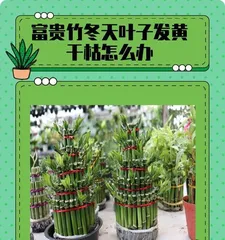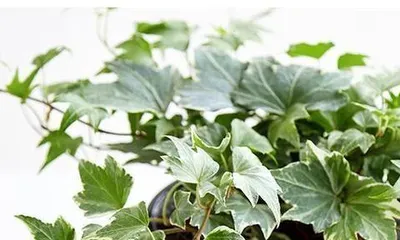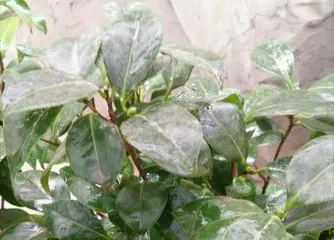Ivy is a very beautiful foliage plant, often used to decorate homes or gardens. However, if not properly cared for, its leaves can easily dry out, turn yellow, or even fall off. This is a major problem for plant enthusiasts. So today, let's talk about what to do when ivy leaves dry out, helping you save the withered leaves and bring your ivy back to life!

Understanding Ivy
Ivy is native to Europe and North Africa and is a climbing plant that can grow on trees. Its leaves are a deep green color and very dense, making them perfect for decorating walls or screens. However, it needs a specific environment to grow healthily.
Principles of Ivy Care
To ensure healthy growth of ivy, the following principles should be noted:

1. Maintain stable temperature and humidity.
2. Avoid direct sunlight exposure.
3. Provide adequate water and fertilizer.

4. Prune regularly to maintain a good shape.
Common Diseases of Ivy
Ivy is susceptible to fungal and bacterial infections and is easily attacked by pests. The most common problems are leaves drying out, turning yellow, or falling off. This is usually caused by the plant lacking water or nutrients.
Watering Methods for Ivy
To prevent ivy leaves from drying out, we need to water correctly. We should water when the surface of the plant's soil is dry, but we should not let the soil become too dry. Avoid watering too frequently, as this can lead to root rot.
Increasing Humidity
Ivy likes a humid environment, so we can use a humidifier, a sprayer, or place a water basin near the plant to increase humidity. This helps improve the plant's health and growth rate.
Regular Pruning
Ivy needs regular pruning to maintain its shape and growth rate. We should pay attention to cutting off dead leaves and branches to better provide nutrients to the plant.
Fertilizing
Ivy needs a moderate amount of fertilizer to maintain healthy growth. We can fertilize once a month during the spring and summer, but be careful not to over-fertilize, as it may burn the plant.
Solving Pest Problems
If you find ivy leaves drying out or turning yellow, it may be due to pests. Common pests include mites, aphids, and whiteflies. We can use pesticides to solve this problem, but pay attention to the amount of pesticide to avoid harming the plant.
Temperature Control
Temperature has a significant impact on the growth of ivy. If the temperature is too low or too high, it can cause the plant's leaves to dry out. We should try to place them in a warm, well-ventilated environment away from direct sunlight.
Regularly Changing Soil
If the soil contains too much salt or residue, it can cause the plant's leaves to dry out. We should change the soil once a year to maintain a healthy growing environment.
Using Plant Nutrients
Plant nutrients can help ivy absorb more nutrients and promote their growth and health. We can use plant nutrients during the spring and summer months to increase the plant's nutrient levels.
Preventing Overwatering
If overwatered, ivy may suffer from root rot. We should check the soil's moisture before watering to avoid overwatering.
Leaf Adjustment
If you find ivy leaves drying out or turning yellow, we can try to adjust the angle of the leaves to help them absorb sunlight and water more easily. This helps improve the plant's growth rate and health.
Repositioning
If an ivy plant cannot grow healthily in one location, we can try to move it to a new one. This could be due to inappropriate sunlight, air circulation, or humidity, and moving it to a new environment might help.
Ivy is a beautiful foliage plant, but it needs a specific environment to grow healthily. If you find its leaves drying out or turning yellow, you can use the methods mentioned above to help the plant recover its vitality. At the same time, pay attention to details in the daily care process to avoid unnecessary damage to the plant.